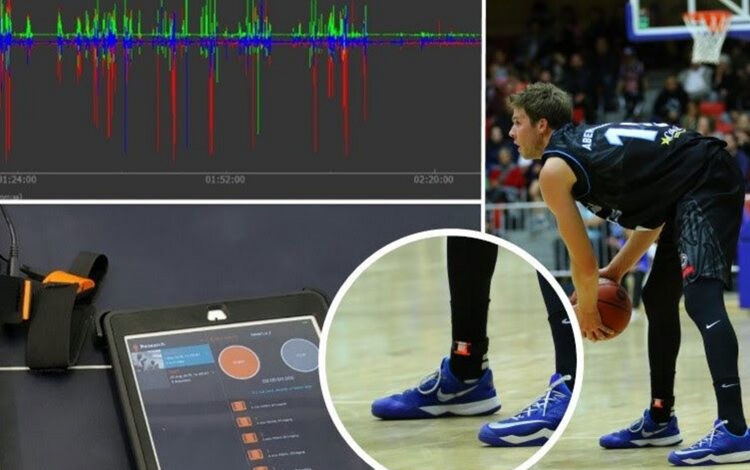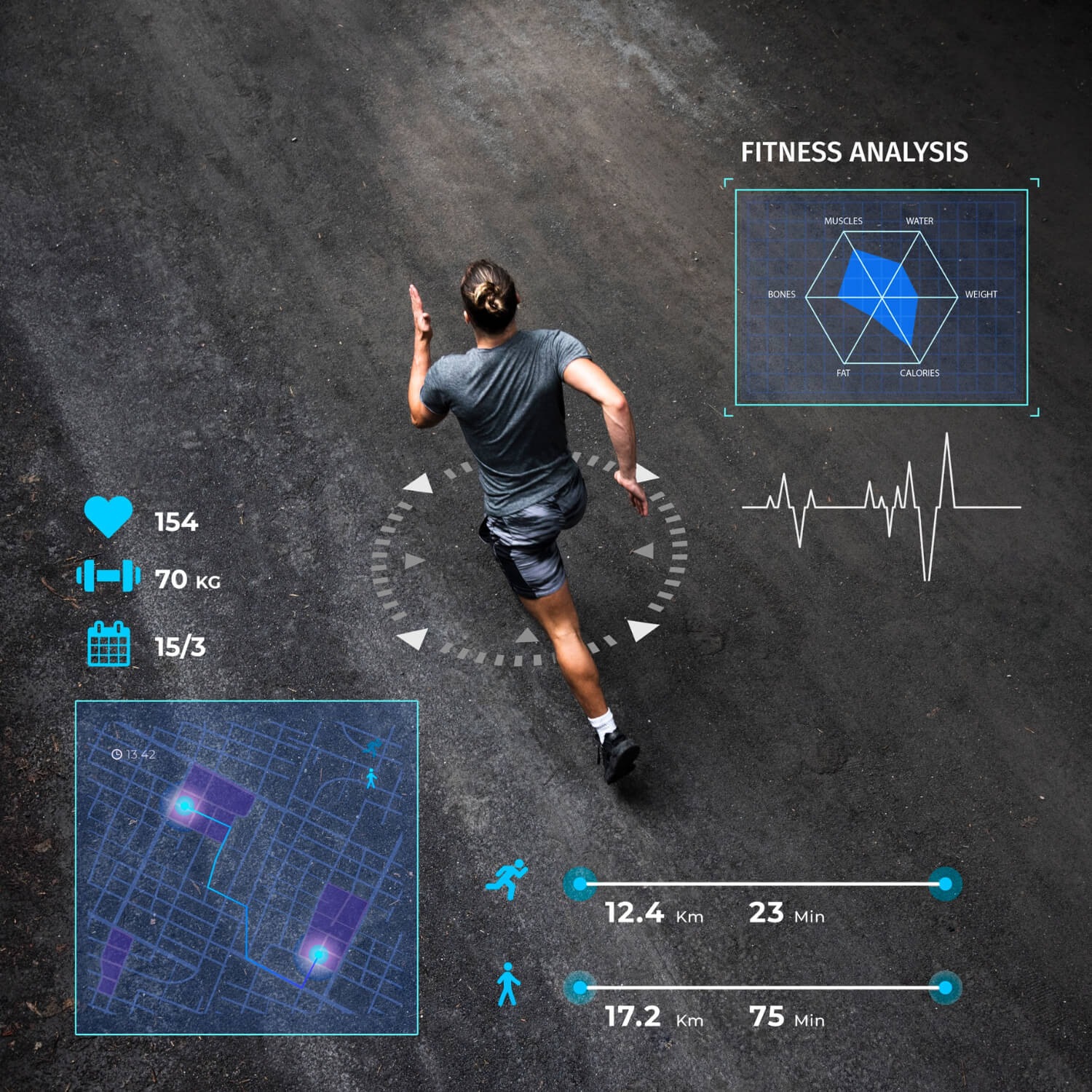Tech’s Game-Changing Impact on Sports

The Game Changer: How Technology is Revolutionizing Sports Performance
For centuries, athletic success was attributed to natural talent, rigorous training, and sheer willpower. While those elements remain crucial, the landscape of sports has undergone a dramatic transformation in recent decades, largely thanks to the relentless march of technology. From the equipment athletes use to the way they train and recover, technology is no longer just *supporting* sports; it’s fundamentally *reshaping* it. This post will delve into the multifaceted impact of technology on sports performance, exploring the innovations driving change and what the future might hold.
Wearable Technology: Data is the New Training Partner
Perhaps the most visible impact of technology is the proliferation of wearable devices. These aren’t just fitness trackers for the everyday consumer; elite athletes are utilizing sophisticated sensors embedded in clothing, shoes, and even their bodies to collect a wealth of data. Heart rate monitors have been around for a while, but modern wearables go far beyond that. They track movement patterns, acceleration, deceleration, impact forces, muscle activation, and even biometric data like sleep quality and body temperature.
This data isn’t just collected; it’s analyzed. Coaches and trainers use this information to personalize training regimens, identify potential injury risks, and optimize performance. For example, a baseball pitcher’s throwing motion can be analyzed frame-by-frame to pinpoint inefficiencies and reduce strain on the arm. Runners can have their gait analyzed to improve form and prevent injuries. The ability to quantify performance in such detail allows for a level of precision previously unimaginable.
Advanced Analytics: Beyond the Box Score
Technology isn’t just impacting *how* athletes train; it’s also changing *how* games are understood. Advanced analytics, powered by powerful computing and sophisticated algorithms, are providing insights that go far beyond traditional statistics. Sabermetrics in baseball is a prime example, using data to evaluate player performance in ways that challenge conventional wisdom.
This trend has spread to almost every sport. In basketball, tracking data reveals player speeds, distances covered, and shot charts that show where players are most effective. In soccer, data analysis helps teams understand possession patterns, passing networks, and the effectiveness of different tactical approaches. Video analysis, coupled with AI, can automatically identify key moments in a game, track player movements, and even predict opponent strategies. This allows coaches to make more informed decisions during games and develop more effective game plans.

Equipment Innovation: From Materials to Manufacturing
The equipment athletes use has also undergone a technological revolution. Materials science has played a huge role, with the development of lighter, stronger, and more durable materials. Carbon fiber is now ubiquitous in everything from bicycle frames to tennis rackets, providing a significant performance advantage.
3D printing is also transforming equipment manufacturing. It allows for the creation of customized equipment tailored to the specific needs of individual athletes. For example, a runner can have shoes designed with a custom sole based on their gait analysis. Aerodynamic design, aided by computational fluid dynamics (CFD), is crucial in sports like cycling, swimming, and speed skating, where even small improvements in efficiency can make a big difference. Even seemingly simple items like athletic apparel are benefiting from technological advancements, with fabrics designed to regulate body temperature, reduce drag, and improve comfort.
Recovery and Rehabilitation: Speeding Up the Healing Process
Technology isn’t just about maximizing performance; it’s also about minimizing downtime due to injury. Advanced imaging techniques like MRI and CT scans provide detailed views of injuries, allowing doctors to make more accurate diagnoses. Cryotherapy, using extreme cold to reduce inflammation, is becoming increasingly popular among athletes.
Virtual reality (VR) is being used for rehabilitation, allowing athletes to practice movements in a safe and controlled environment. Electrical muscle stimulation (EMS) can help rebuild muscle strength after an injury. Biometric sensors can monitor an athlete’s recovery progress, providing valuable data to guide rehabilitation programs. The goal is to get athletes back to peak performance as quickly and safely as possible.
The Future of Sports Technology: What’s on the Horizon?
The technological revolution in sports is far from over. Several emerging technologies promise to further transform the landscape. Artificial intelligence (AI) will play an increasingly important role in data analysis, coaching, and even officiating. Machine learning algorithms can identify patterns and predict outcomes with greater accuracy. Augmented reality (AR) could overlay real-time data onto an athlete’s field of vision, providing instant feedback and enhancing their awareness.
Brain-computer interfaces (BCIs), while still in their early stages of development, could potentially allow athletes to control equipment with their thoughts. Nanotechnology could lead to the development of even more advanced materials and sensors. Genetic testing may eventually be used to identify athletes with a predisposition for certain sports or to personalize training programs based on their genetic makeup.
However, with these advancements come ethical considerations. Questions about fairness, access, and the potential for technology to create an uneven playing field need to be addressed. Data privacy is also a concern, as athletes generate vast amounts of personal data. Despite these challenges, the future of sports is undoubtedly intertwined with technology, and the innovations we see in the coming years will continue to push the boundaries of human performance.
Ultimately, technology is empowering athletes to train smarter, recover faster, and perform at their best. It’s a game changer that’s reshaping the world of sports as we know it.



